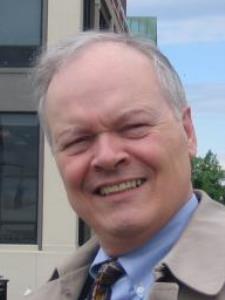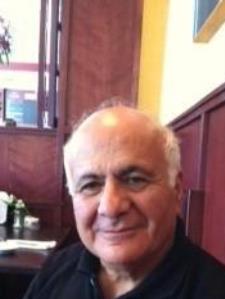
Steve S. answered • 03/06/14
Tutor
5
(3)
Tutoring in Precalculus, Trig, and Differential Calculus
Find the half-lives of the substances
1) einsteinium-253, which decays at a rate of 3.406% per day
1/2 = 1*e^(-0.03406 h), where h is the half-life
ln(1/2) = -0.03406 h
h = -ln(1/2)/0.03406 ≈ 20.35076866001014 days
2) You place $800 in an account that earns 4% annual interest, compounded annually. How long will it be until you have $2000?
2000 = 800(1.04)^t
(1.04)^t = 5/2
t log(1.04) = log(5/2)
t = log(5/2)/log(1.04) ≈ 23.36241894157182 yrs
1) einsteinium-253, which decays at a rate of 3.406% per day
1/2 = 1*e^(-0.03406 h), where h is the half-life
ln(1/2) = -0.03406 h
h = -ln(1/2)/0.03406 ≈ 20.35076866001014 days
2) You place $800 in an account that earns 4% annual interest, compounded annually. How long will it be until you have $2000?
2000 = 800(1.04)^t
(1.04)^t = 5/2
t log(1.04) = log(5/2)
t = log(5/2)/log(1.04) ≈ 23.36241894157182 yrs
→ 24 years because you have to wait until the interest is added that year.
3) A population grows from 11000 to 13000 in three years. Assuming the growth is exponential, find the:
3) A population grows from 11000 to 13000 in three years. Assuming the growth is exponential, find the:
a) annual growth rate
b) continuous growth rate
13000 = 11000 e^(3k)
3k = ln(13/11)
k = ln(13/11)/3 = continuous growth rate ≈ 5.568469488772 %
P = Ae^((ln(13/11)/3)t)
r = e^(ln(13/11)/3) - 1 ≈ 5.726427034643 % = annual growth rate
b) continuous growth rate
13000 = 11000 e^(3k)
3k = ln(13/11)
k = ln(13/11)/3 = continuous growth rate ≈ 5.568469488772 %
P = Ae^((ln(13/11)/3)t)
r = e^(ln(13/11)/3) - 1 ≈ 5.726427034643 % = annual growth rate






